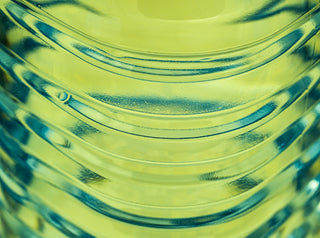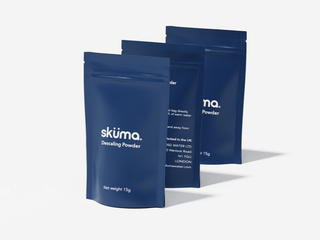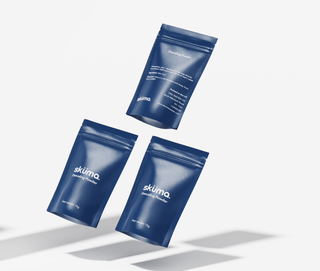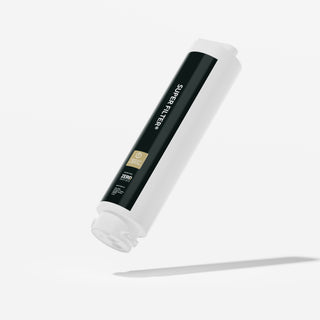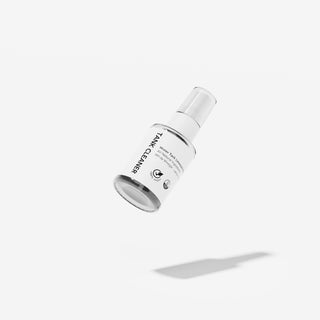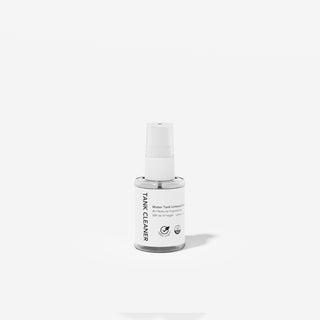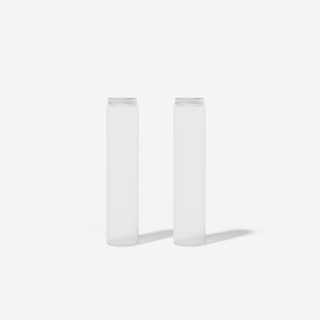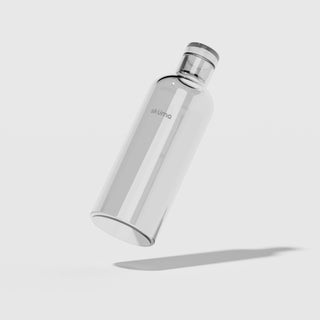Xenoestrogens ("foreign estrogens") are synthetic compounds that mimic the behavior of natural estrogens in the body. They've become a topic of growing concern in both the scientific and health-conscious communities alike. So what exactly are xenoestrogens, where do they come from, and how do they affect our bodies, specifically our testosterone levels?
Understanding Xenoestrogens
What Are Xenoestrogens?
These foreign estrogens are a type of xenohormone which imitates estrogen by binding to estrogen receptors present in our cells, which has the possible effect of disrupting hormonal balance and leading to a myriad of health problems.
They are present in everyday items such as cosmetic and personal care products, cleaning products and even some clothing items. However, the most direct way to enter our bodies remains through food and water, a means of introduction they do not shy away from !
Unlike natural estrogens, xenoestrogens are not broken down as easily in the body and can therefore accumulate over time, leading to higher than normal estrogen levels. The body's perception of these higher than usual levels of estrogen and its reaction to adjust are what's theorized to cause the undesired effects of these xenoestrogens.
The Effect of Xenoestrogens on Testosterone Levels
Xenoestrogens are classified as endocrine disruptors, meaning they have the ability to mimic or interfere with the body's hormonal system. When it comes to testosterone, xenoestrogens can disrupt its production and function in a few key ways.
Mimicry of Estrogen
Because of their similar molecular structure to naturally occurring estrogen, xenoestrogens bind to and activate its receptors in the body, leading to an overstimulation of estrogenic pathways. It's hard to predict what would result directly from such an estrogenic response but we do know many tissues in the body are sensitive to even the smallest changes in estrogen concentrations.
Interference with Testosterone Production
Testosterone is produced primarily in the Leydig cells of the testes in males and in the ovaries in females, albeit in much smaller amounts. Amongst its many health benefits, testosterone plays a key role in bone and muscle mass development as well. Additionally, testosterone not only directly affects sex drive and moods, it also affects verbal memory and thinking ability. Increasing testosterone levels can therefore have many benefits affecting quality of life, such as a having a healthy balance of muscle mass to body fat, a healthy heart, stronger bones etc.
Interactions between Testosterone and Estrogen
The endocrine system in the human body aims to maintain a perfect balance of its many hormones. Testosterone and estrogen are linked through an enzyme called aromatase. This enzyme, found in various tissues in the body including the brain, fat, skin, and blood vessels, converts testosterone into estradiol, a form of estrogen.
The body uses feedback mechanisms to regulate hormone levels. When testosterone levels are high, the hypothalamus and pituitary gland reduce its productions. Similarly, and given that it's converted from testosterone, the body attempts to lower estrogen levels by stunting the production of testosterone. This feedback loop is what would maintain a healthy balance of hormones, but unfortunately, endocrine disruptors which our body's systems were not designed to accommodate such as xenoestrogens break this balance.
Alteration of Sex Hormone-Binding Globulin (SHBG)
SHBG is a protein that binds to sex hormones in the blood, including testosterone. Changes in SHBG levels can affect the amount of free (active) testosterone in the body. Some studies suggest that xenoestrogens may increase SHBG production, which would result in less free testosterone.
Direct Impact on Testicular Function
Some animal studies suggest that xenoestrogens may have a direct toxic effect on the testes, leading to decreased testosterone production.
While these mechanisms provide a general understanding of how xenoestrogens might impact testosterone levels, the exact effects can vary based on factors such as the specific type of xenoestrogen, the duration and magnitude of exposure, and individual physiological differences.
The Presence of Xenoestrogens in your Water

Xenoestrogens in Bottled Water
Bottled water is a common source of xenoestrogens. These synthetic compounds can leach into the water from the plastic of the bottles, especially when the bottles are exposed to heat or sunlight. One of the most common xenoestrogens found in plastic bottles is Bisphenol A (BPA). BPA is used in the manufacturing of polycarbonate plastics, which are commonly used in food and beverage packaging, including water bottles.
Studies have found detectable levels of BPA in bottled water, with the amount varying depending on factors such as the age of the bottle, the temperature at which it was stored, and the acidity of the water. Even at low levels, BPA can mimic the structure and function of estrogen, potentially disrupting hormonal balance and leading to adverse health effects.
Xenoestrogens in Tap Water
Tap water can also contain xenoestrogens. These compounds can enter the water supply through a variety of routes, including agricultural runoff, industrial waste, and domestic sewage. In addition to BPA, other common xenoestrogens found in tap water include phthalates (used in PVC piping), pesticides, and pharmaceuticals that have not been fully removed during wastewater treatment. For example, chlorine, a common water treatment agent, can react with natural organic matter to form compounds known as disinfection byproducts, some of which are xenoestrogenic.
Detecting and quantifying xenoestrogens in tap water can be challenging due to the wide variety of potential sources and the complex mixtures of chemicals that can be present. However, studies have confirmed the presence of these compounds in tap water samples from various locations, highlighting the need for improved water treatment methods to reduce exposure.
Xenoestrogens in Plastic Kettles and Other Household Items
Aside from bottled water and tap water, xenoestrogens can also be found in various household items, including plastic kettles and other food and beverage containers. As with bottled water, these compounds can leach out of the plastic and into the food or drink, particularly when the plastic is heated and regardless of them being marketed as being able to withstand the temperature.
Conclusion
As researchers continue to delve into the complex issue of xenoestrogens and their long term effects on the endocrine system, one thing remains clear – avoiding them as best as possible is key.
Our Sküma® System provides a hassle-free way of making sure the water you drink does not contain BPA, chlorine, and other estrogen-mimicking contaminants thanks to our advanced reverse osmosis 3-stage filtration process. After your water is purified of all contaminants, an Infusion™ of your choice adds back essential minerals and vitamins to transform your water into the healthiest beverage you could have.





